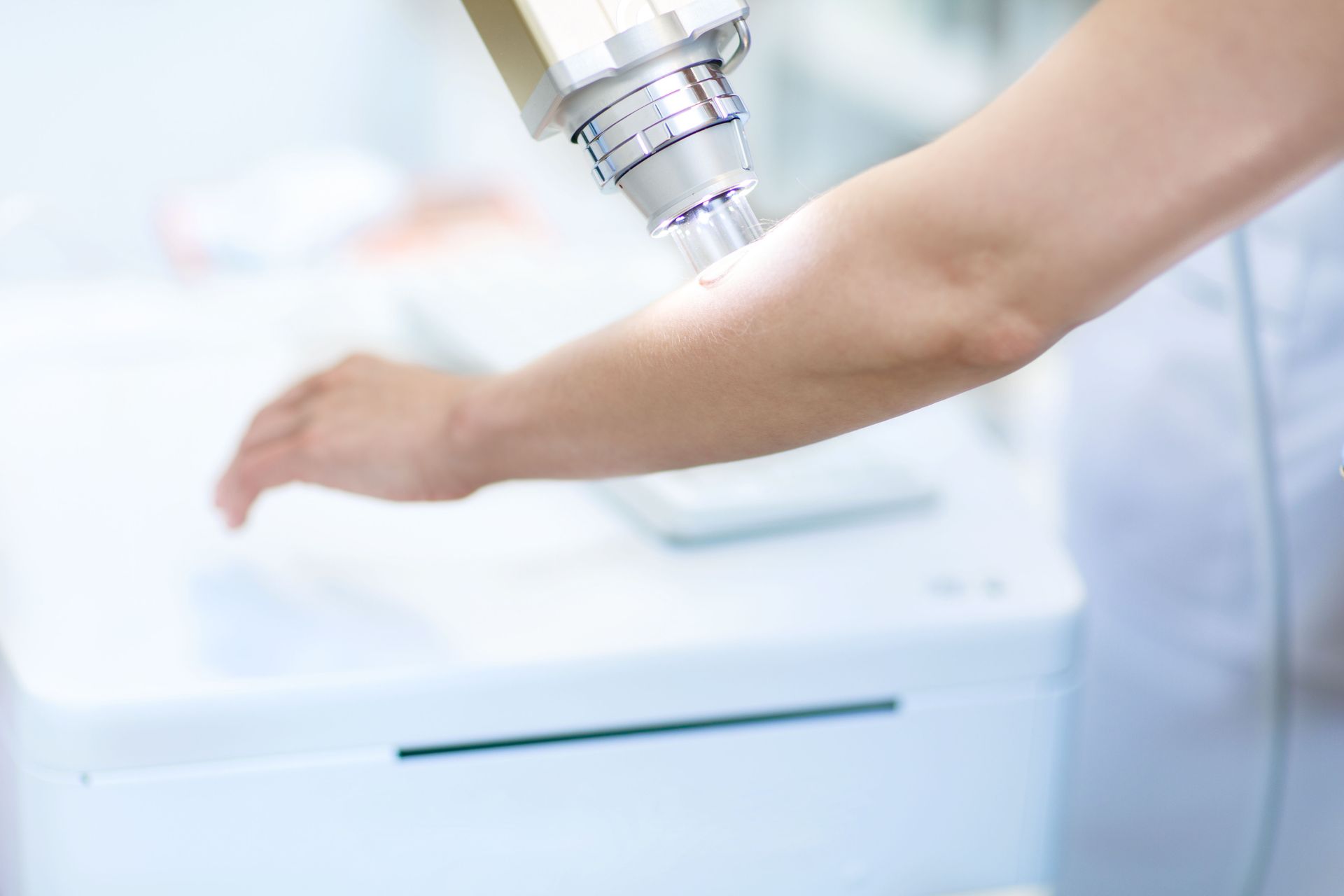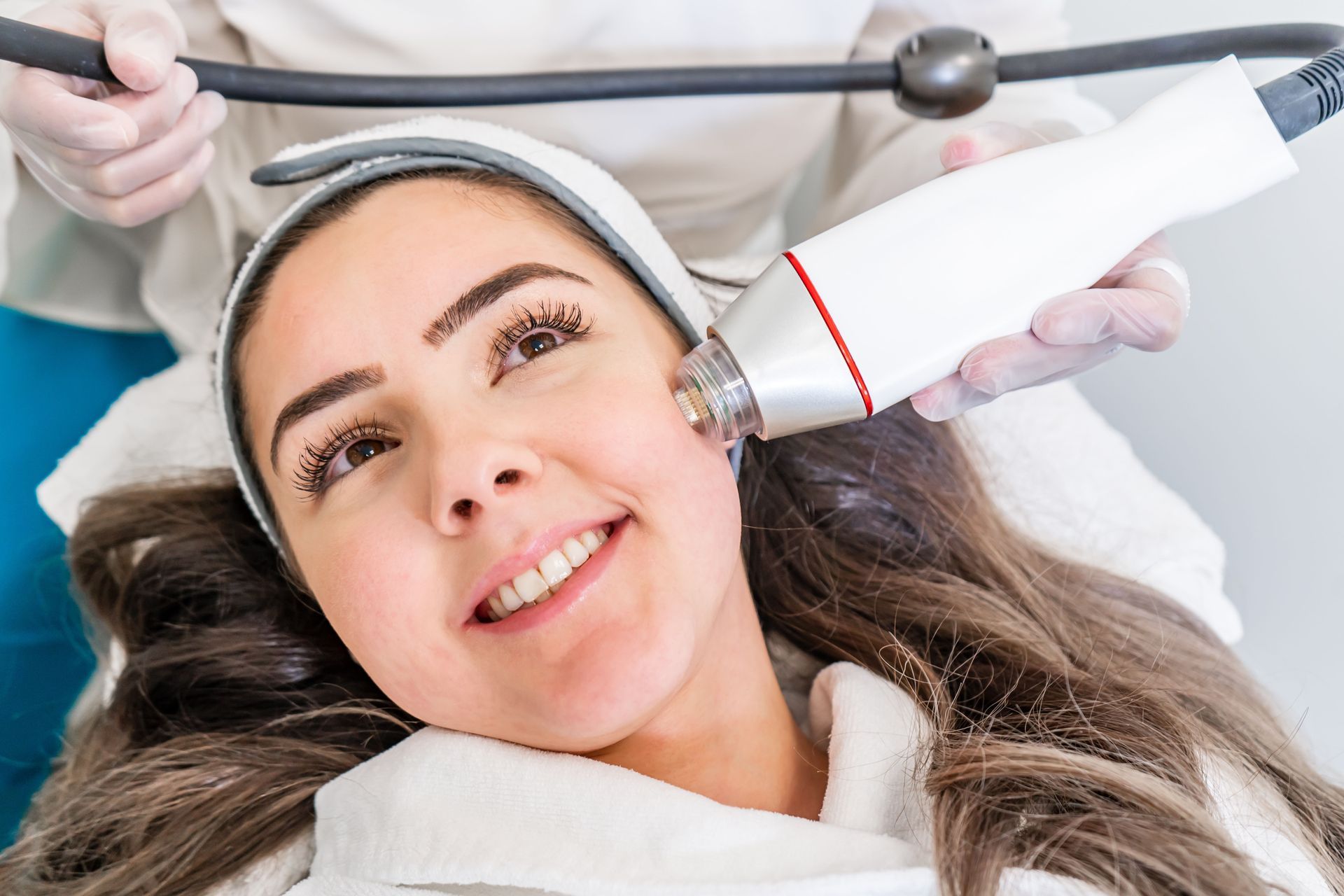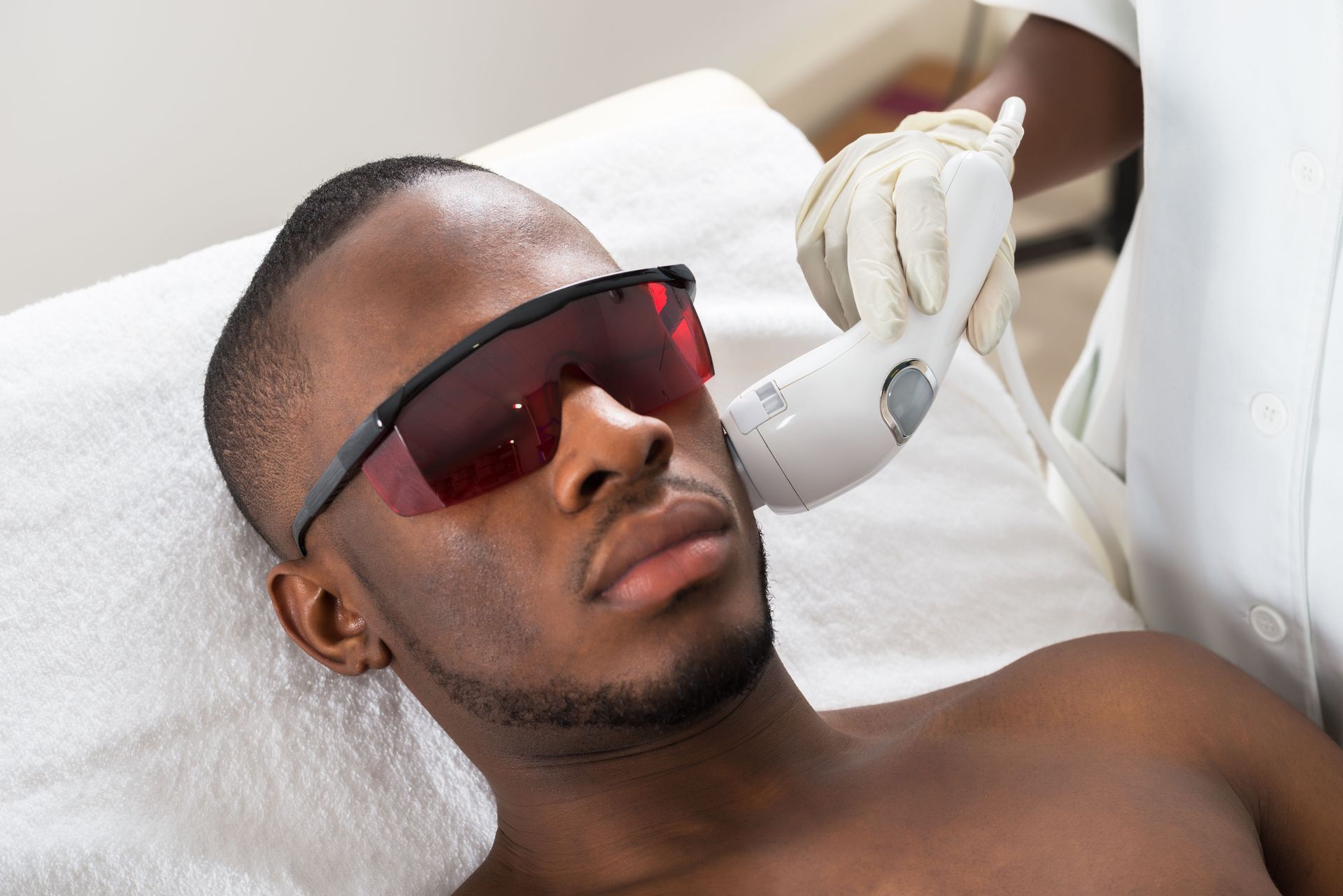What to Expect During Chemical Peel and Microneedling Recovery
Highlights:
- Chemical peel recovery and microneedling aftercare follow measurable timelines of redness, peeling, and healing.
- Clinical studies show microneedling significantly improves wrinkles and scars, with high patient satisfaction rates.
- Medium chemical peels typically heal in 7–14 days; deeper peels take longer with extended redness.
- SKIN Lab Aesthetic Beauty Studio in Pontotoc, MS provides expert treatments and recovery guidance.
What Should I Expect During Recovery After a Chemical Peel or Microneedling?
Considering a chemical peel or microneedling treatment is exciting, but many clients want to know what happens after the procedure. Recovery plays a critical role in achieving smoother, brighter, and healthier skin. Both treatments stimulate skin renewal, but they also cause temporary side effects that require careful management. Understanding what to expect helps reduce anxiety and ensures you are prepared for each stage of healing. This guide outlines recovery phases, aftercare tips, and long-term skin health practices so you can enjoy the full benefits of your treatment. With proper guidance, recovery can be a rewarding and confidence-boosting process that restores not only your skin but also your self-image.
Initial Recovery After a Chemical Peel
After a chemical peel, your skin begins to shed its outer layers, revealing new and rejuvenated skin underneath. In the first 24 to 48 hours, expect redness, swelling, and a sunburn-like sensation. Medium chemical peels—such as trichloroacetic acid (TCA)—often cause visible crusting, with discomfort peaking in the first few days. According to Medical News Today, medium TCA peels typically require 7-14 days of healing, while deeper peels may take up to three weeks. This is why setting realistic expectations and having professional follow-up visits are so important.
Managing Redness, Peeling, and Discomfort
Peeling usually begins three to five days post-peel and may last up to a week or longer depending on peel depth. Avoid picking at flaking skin to prevent infection or scarring. Instead, apply a fragrance-free moisturizer, use cool compresses, and wear sunscreen with SPF 30 or higher daily. Mild swelling and stinging are common during early recovery and can be managed with gentle care. According to Mayo Clinic, redness after medium peels often lasts several weeks, and deep peels may leave redness for months. During this time, it is helpful to plan social activities around your recovery so that you feel comfortable as your skin heals.
Frequently Asked Questions
How long does peeling last?
Medium peels usually take 7–10 days, while deeper peels may take 14–21 days or more.
Can I wear makeup after a peel?
It is best to wait 5–7 days until peeling subsides and the skin barrier heals.
Is redness normal?
Yes, redness is expected and may persist for weeks with medium peels and months for deep peels.
Long-Term Care After Chemical Peels
Once peeling subsides, the focus shifts to long-term skin health. Begin with mild cleansers, reintroduce exfoliants only after two weeks, and protect skin with antioxidants and sunscreen. According to StatPearls (Chemical Peels for Skin Resurfacing), proper post-peel care reduces the risk of hyperpigmentation, scarring, and infection. Sun protection is especially critical, as newly exposed skin is more vulnerable to UV damage. With consistent aftercare, results such as improved tone, texture, and radiance can last for months, making chemical peels a powerful option for skin rejuvenation. For best outcomes, many patients schedule follow-up treatments in a series, which can amplify results gradually and safely.
Immediate Aftercare for Microneedling
Microneedling uses fine needles to create controlled micro-injuries that stimulate collagen and elastin. After treatment, redness, sensitivity, and tightness resembling a mild sunburn are common for the first 24–48 hours. Support healing by cleansing gently with lukewarm water, avoiding unnecessary contact, and applying recommended serums. Makeup, strong skincare actives, and sun exposure should be avoided during the first two days. Careful adherence to these steps prevents infection and encourages safe recovery. Many clients report that although the initial phase is delicate, the long-term improvements in texture and tone are well worth it. Remember that individual recovery speed depends on age, skin type, and overall health.
FAQs: Microneedling Recovery
When can I wear makeup again?
Most providers recommend waiting at least 48–72 hours.
How long will redness last?
Redness usually resolves in 2–3 days, though sensitivity may continue for up to a week.
Does microneedling cause peeling?
Light flaking or peeling may occur around days 4–7 as the skin renews.
Enhancing Healing After Microneedling
Hydration and sun protection are the cornerstones of microneedling recovery. Use fragrance-free moisturizers and hyaluronic acid serums to support healing. Always apply SPF 30+ daily, even indoors, since UV exposure slows recovery and increases pigmentation risks. Once cleared by your provider, antioxidant-rich products like vitamin C and collagen-supporting peptides can be added to enhance results. At SKIN Lab Aesthetic Beauty Studio in Pontotoc, MS, clients receive personalized aftercare instructions tailored to their skin type and treatment depth, ensuring maximum safety and visible improvements throughout their recovery journey. Creating a consistent skincare plan helps extend results for months.
Combining Treatments for Greater Benefits
Some clients explore combining chemical peels and microneedling for stronger results. This approach can enhance smoothness, improve pigmentation, and address scars, but it must be carefully timed to avoid stressing the skin. Providers often recommend alternating treatments and allowing full recovery between sessions. Clinical literature notes that synergy between resurfacing procedures can accelerate visible results, but expert oversight is crucial. At trusted centers, professionals ensure the process is safe and effective, allowing clients to achieve significant improvements without compromising skin health. With tailored scheduling, combination therapy often provides balanced and more noticeable improvements.
Post-Treatment Essentials
Regardless of treatment choice, the essentials of recovery remain consistent: gentle cleansing, daily moisturizing, and broad-spectrum sun protection. Avoid harsh exfoliants or retinols until cleared by your provider. Viewing recovery as an extension of your treatment ensures you get the most from your investment and keeps your skin looking refreshed for months. Small daily habits make a significant difference in protecting your results. Developing these habits early also builds a foundation for healthier, more resilient skin that responds better to future cosmetic treatments.
FAQs: Long-Term Skin Care
Do I need repeat treatments?
Yes, regular treatments help maintain results as skin continues to age naturally.
When can I restart retinol?
Retinol may be reintroduced once your provider confirms healing, often after 2 weeks.
Will my skin remain more sensitive?
Sensitivity is temporary and subsides once the skin barrier fully recovers.
Maintaining Skin Health Long-Term
Lifestyle factors greatly influence results after cosmetic treatments. Eating a balanced diet rich in antioxidants, omega-3s, and vitamins supports cellular repair. Exercise improves circulation, while stress management techniques like yoga or meditation reduce inflammation and promote healing. By combining professional treatments, proper aftercare, and healthy living, clients can achieve radiant skin that reflects vitality. Consistency ensures your skin remains strong, youthful, and resilient long after your initial procedure. Maintaining regular appointments with a skincare provider also helps identify concerns early and keep your results looking their best over time.
Recovering from a chemical peel or microneedling is a process that requires patience, care, and consistency. While redness, peeling, and sensitivity are expected, they are signs that your skin is renewing itself and preparing to reveal healthier layers beneath. With proper aftercare—hydration, sun protection, and gentle skincare—you can minimize risks and maximize results.






Share On: